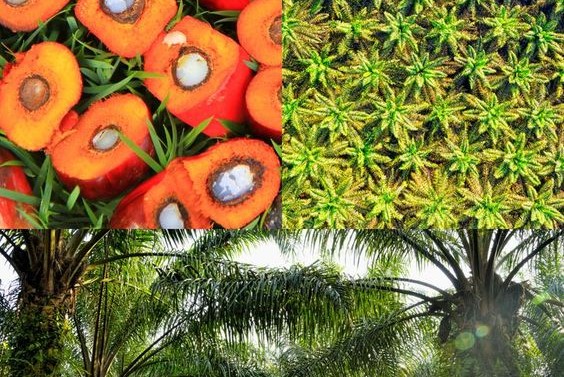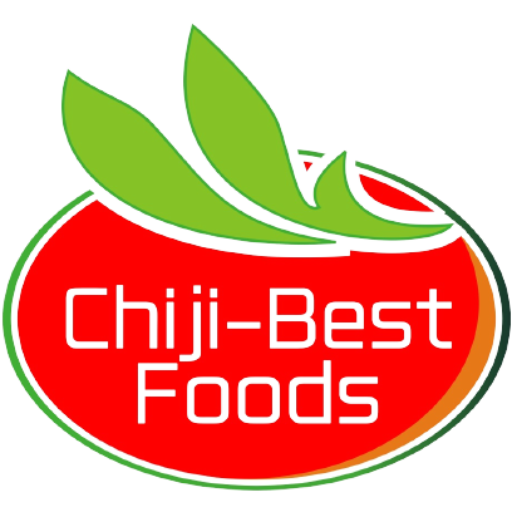The Journey of a Chiji Palm Fruit: From Tree to Table

The process of making Chiji’s premium palm oil starts in Imo State, Nigeria. This article explains how we turn palm fruits into high-quality oil, combining traditional methods with eco-friendly practices. The Oil Palm Farms We work with local small-scale farmers who grow oil palms alongside other crops like cassava and yam. This mixed farming helps […]

